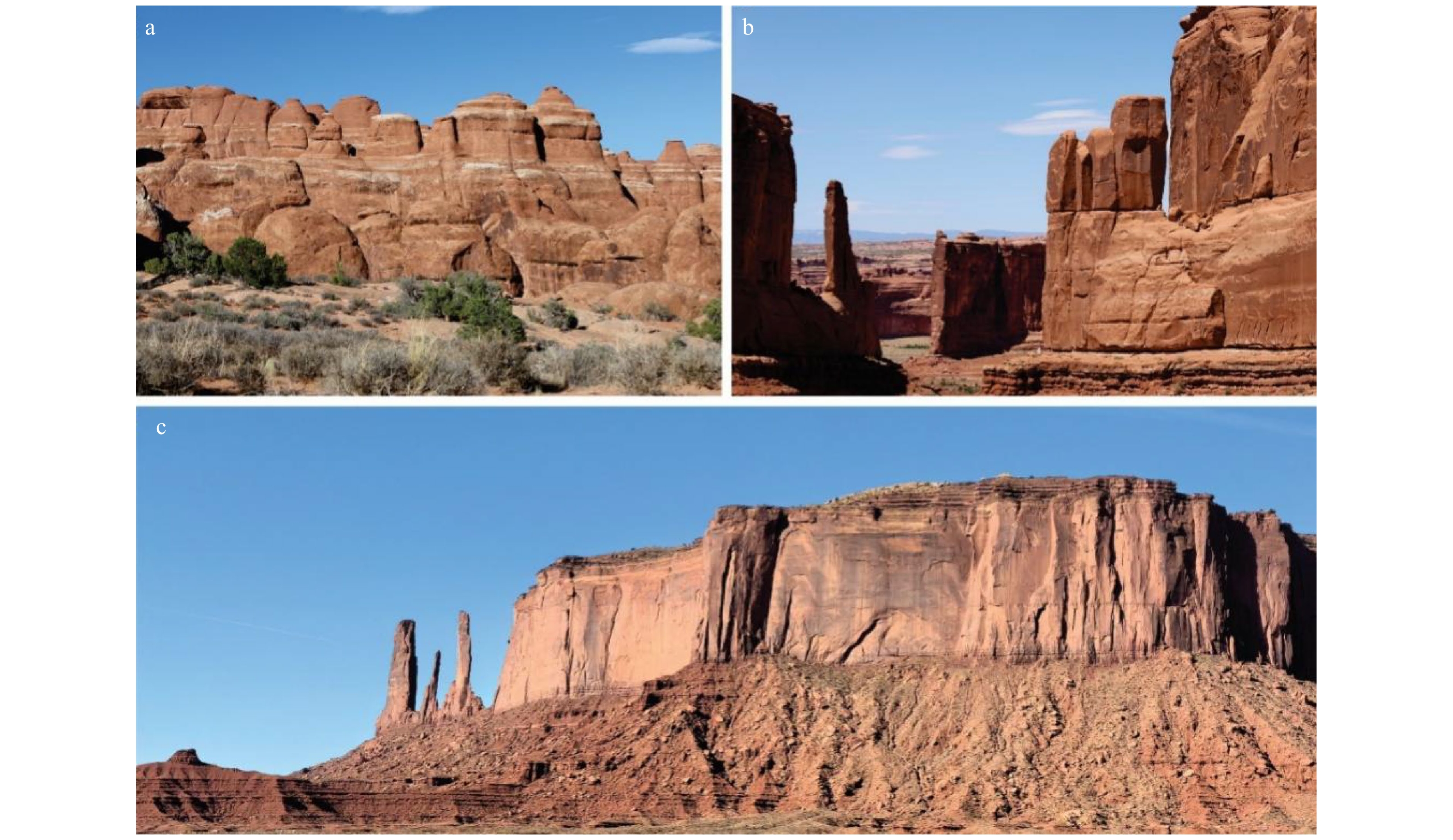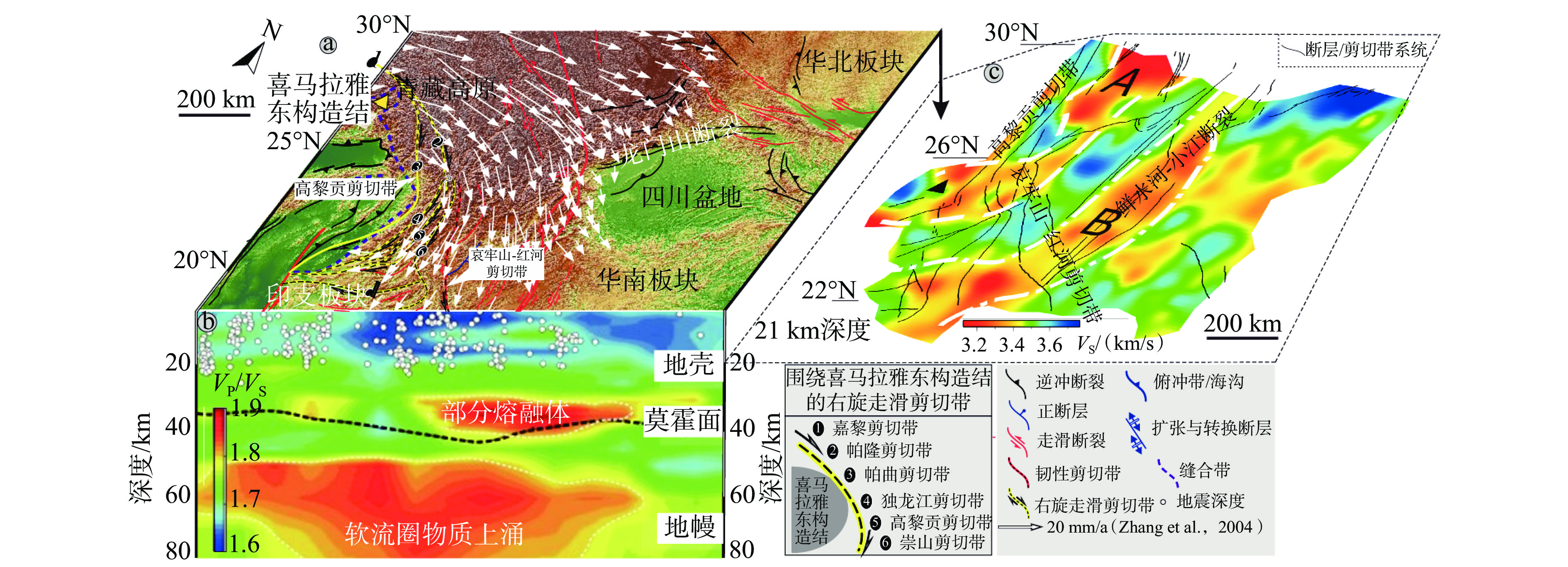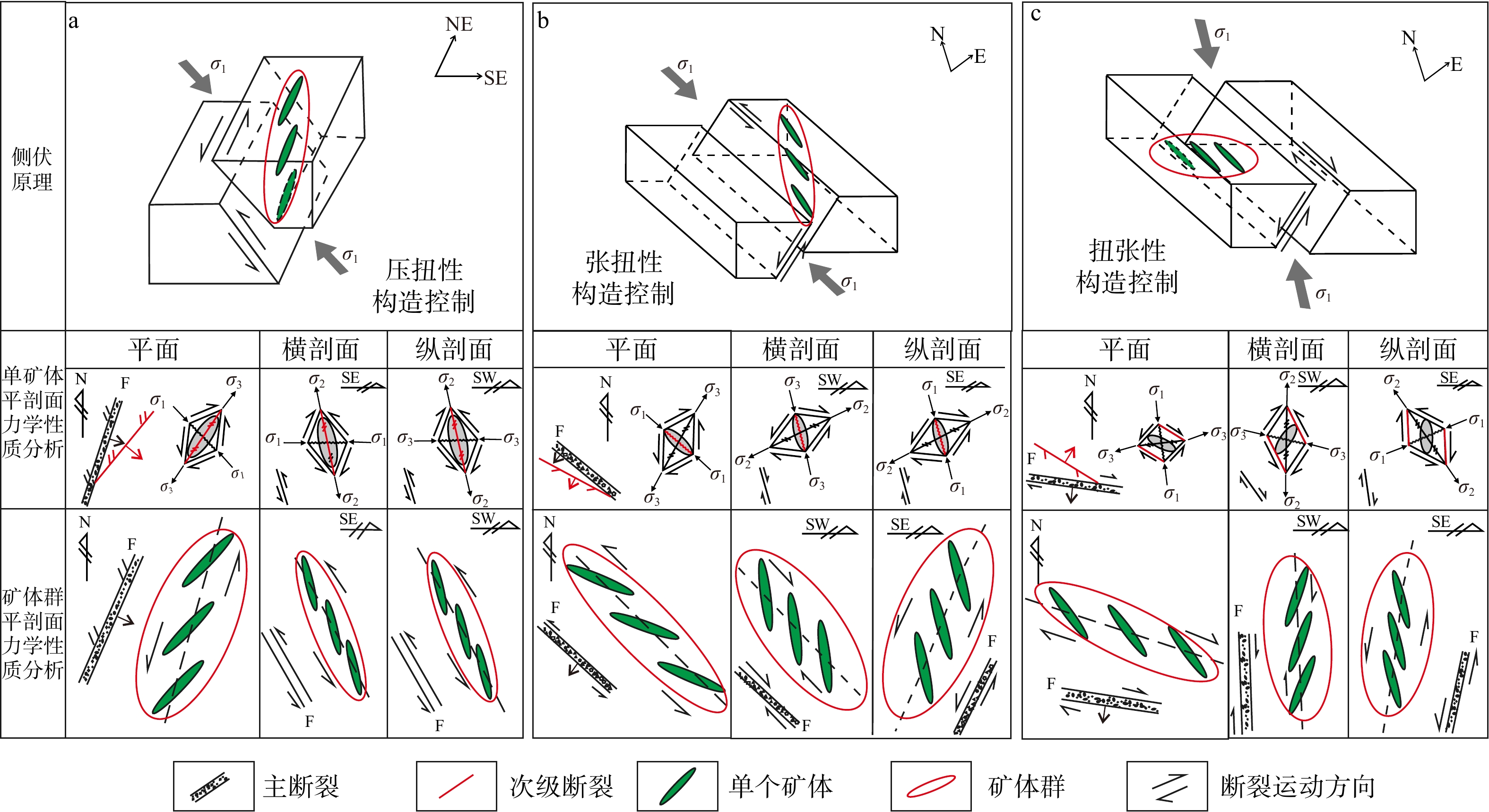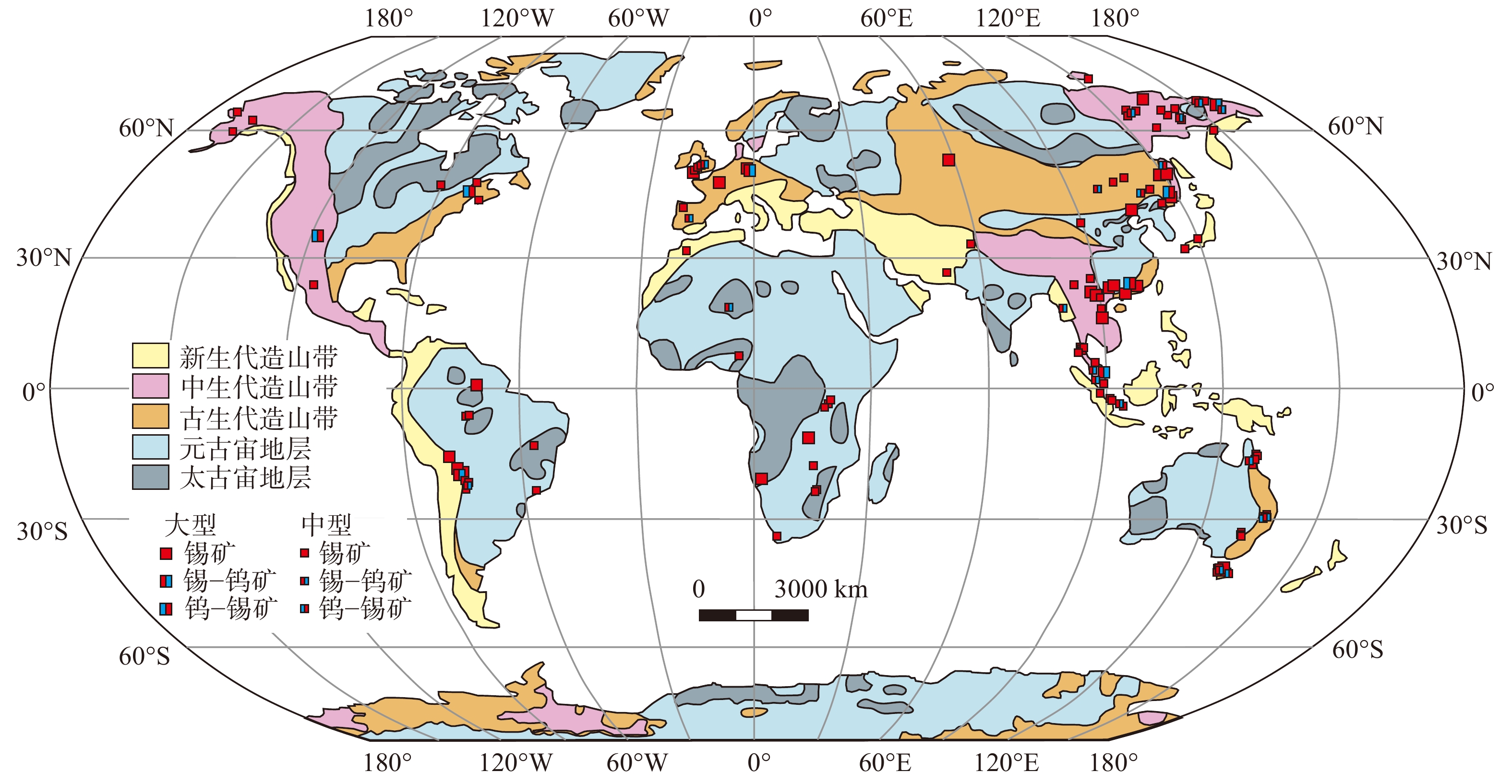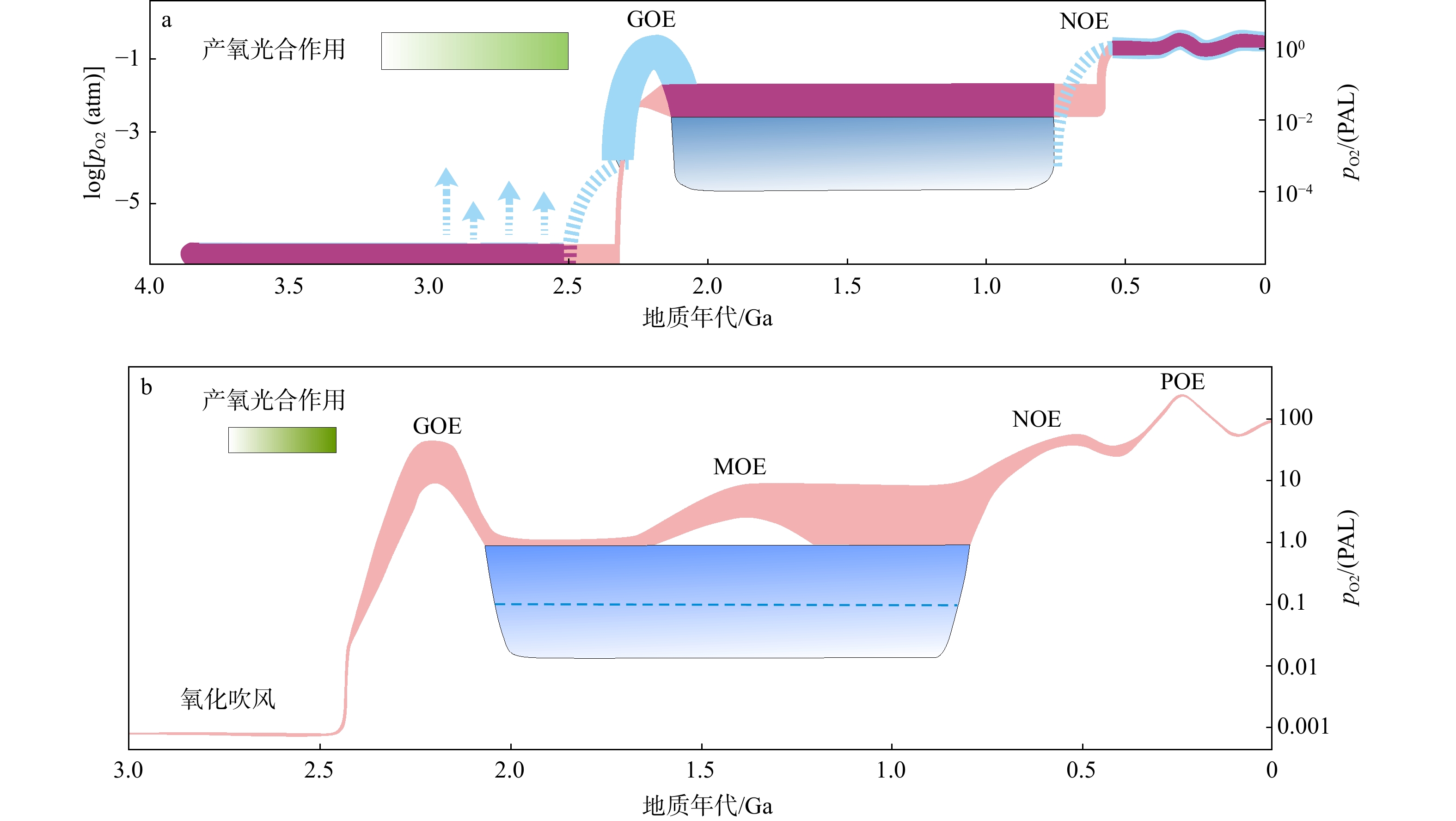2025, 31(5): 755-768.
doi: 10.12090/j.issn.1006-6616.20253101
2025, 31(5): 769-792.
doi: 10.12090/j.issn.1006-6616.2025120
2025, 31(5): 823-840.
doi: 10.12090/j.issn.1006-6616.2025098
2025, 31(5): 841-868.
doi: 10.12090/j.issn.1006-6616.2025027
2025, 31(5): 869-885.
doi: 10.12090/j.issn.1006-6616.2025149
2025, 31(5): 886-897.
doi: 10.12090/j.issn.1006-6616.2025121
2025, 31(5): 898-925.
doi: 10.12090/j.issn.1006-6616.2025148
2025, 31(5): 926-939.
doi: 10.12090/j.issn.1006-6616.2025130
2025, 31(5): 960-971.
doi: 10.12090/j.issn.1006-6616.2025134
2025, 31(5): 972-989.
doi: 10.12090/j.issn.1006-6616.2025088
2025, 31(5): 990-1005.
doi: 10.12090/j.issn.1006-6616.2025136
2025, 31(5): 1006-1029.
doi: 10.12090/j.issn.1006-6616.2025124
2025, 31(5): 1030-1043.
doi: 10.12090/j.issn.1006-6616.2025129
2025, 31(5): 1044-1062.
doi: 10.12090/j.issn.1006-6616.2025150
2025, 31(5): 1083-1108.
doi: 10.12090/j.issn.1006-6616.2025141
, Available online ,
doi: 10.12090/j.issn.1006-6616.2025095
Abstract:
, Available online ,
doi: 10.12090/j.issn.1006-6616.2025102
Abstract:
, Available online ,
doi: 10.12090/j.issn.1006-6616.2025080
Abstract:
, Available online ,
doi: 10.12090/j.issn.1006-6616.2025107
Abstract:
, Available online ,
doi: 10.12090/j.issn.1006-6616.2025081
Abstract:
, Available online ,
doi: 10.12090/j.issn.1006-6616.2025091
Abstract:
, Available online ,
doi: 10.12090/j.issn.1006-6616.2025153
Abstract:
, Available online ,
doi: 10.12090/j.issn.1006-6616.2025082
Abstract:
, Available online ,
doi: 10.12090/j.issn.1006-6616.2025104
Abstract:
, Available online ,
doi: 10.12090/j.issn.1006-6616.2025047
Abstract:
, Available online ,
doi: 10.12090/j.issn.1006-6616.2025085
Abstract:
, Available online ,
doi: 10.12090/j.issn.1006-6616.2025083
Abstract:
, Available online ,
doi: 10.12090/j.issn.1006-6616.2025078
Abstract:
, Available online ,
doi: 10.12090/j.issn.1006-6616.2025067
Abstract:
, Available online ,
doi: 10.12090/j.issn.1006-6616.2025022
Abstract:
, Available online ,
doi: 10.12090/j.issn.1006-6616.2025033
Abstract:
TopicMore>
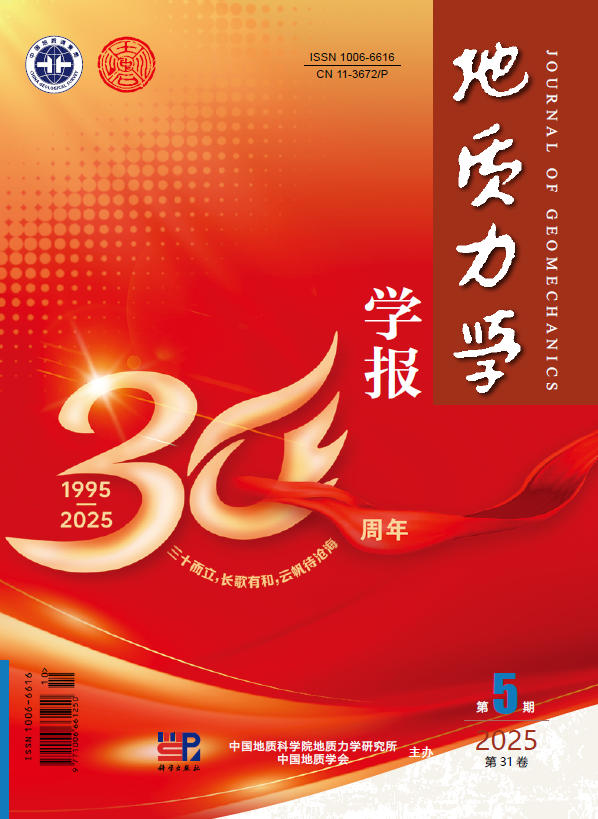
Supervisor: China Geological Survey
Sponsor: Institute of Geomechanics, Chinese Academy of Geological Sciences; Geological Society of China (GSC)
Editor-in-Chief: DENG Jun
ISSN 1006-6616
CN 11-3672/P
Post Issue Number 82-124

News
- The key topics in 2025 of Journal of Geomechanics 2024-12-31
- The good news! Journal of Geomechanics has been included again in the "Overview of Chinese Core Journals" by Peking University (2023 edition). 2023-12-28
- Journal of Geomechanics has been included in the core database of the Chinese Science Citation Database (CSCD). 2023-06-09
- Journal of Geomechanics is included by World Journal Clout Index Report (2020STM) 2021-12-20


